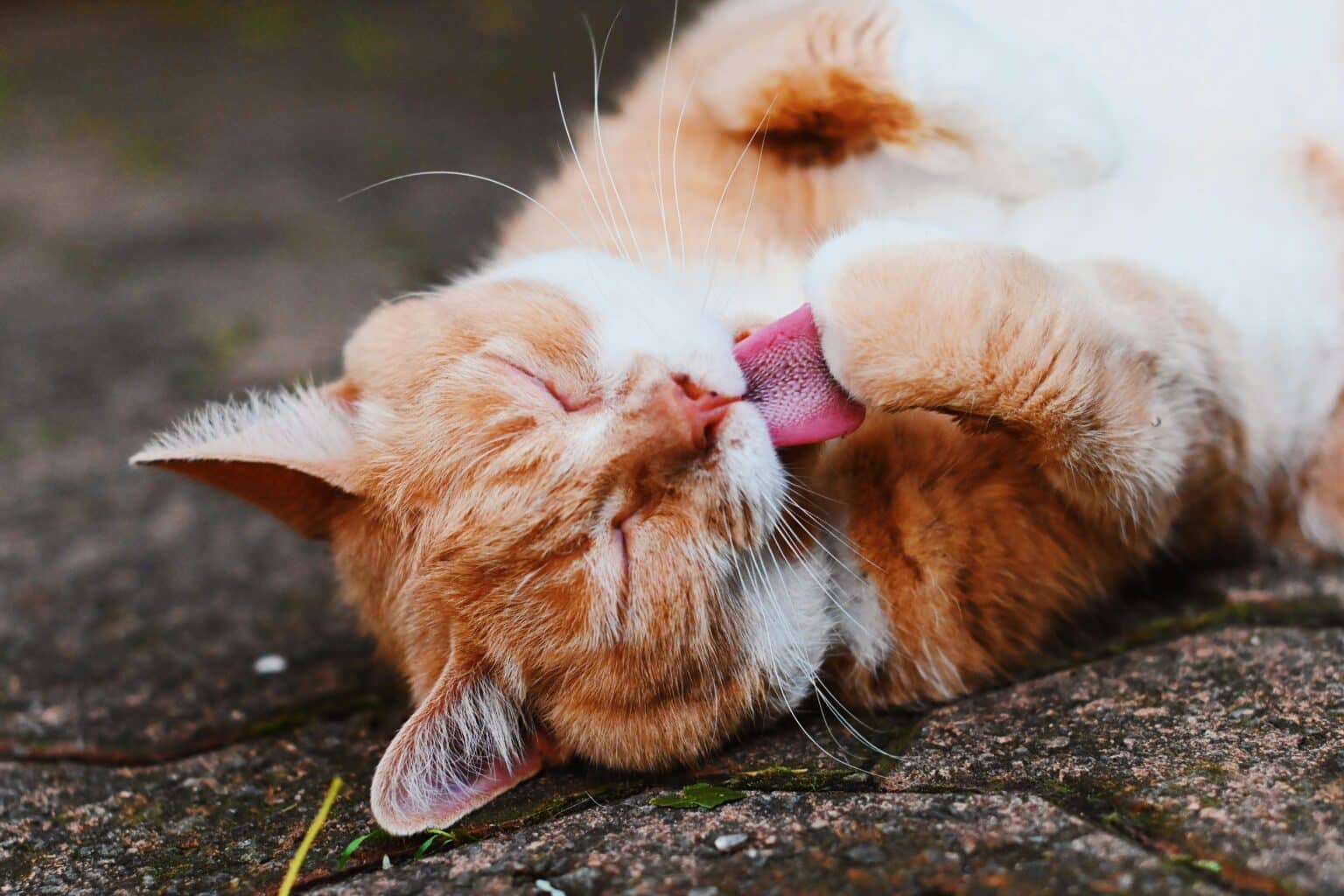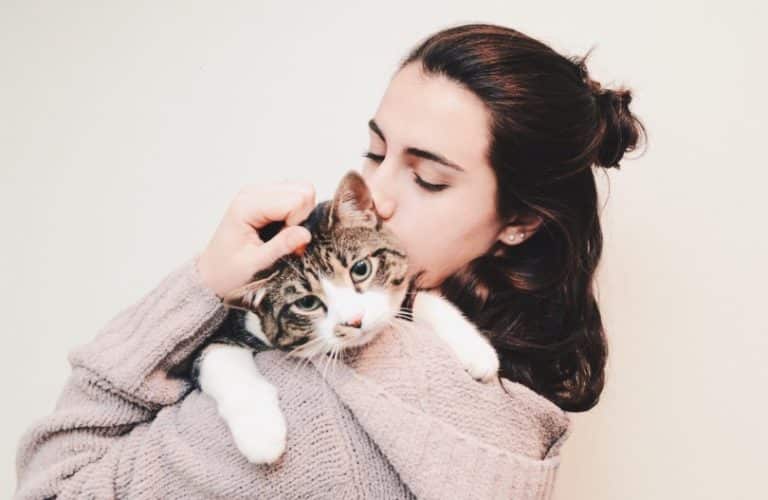Understanding your cats grooming needs
Grooming isnt a beauty ritualits basic health care. Regular sessions prevent tangles, remove dirt and loose hair, and help you spot fleas, ticks, or skin changes early. Its also a sweet moment to check ears, eyes, and body gentlylike a mini health scan with purrs.
- Understanding your cats grooming needs
- Feline grooming essentials
- Brushing, claws, and baths: how to do it well
- Preventing common grooming problems
- Hairballs: less lint, more lightness
- Skin, fleas, and ticks: spot early, act gently
- Teeth and breath: a quiet grooming hero
- Grooming that strengthens your bond
- FAQ
Fun fact: your cats tongue is covered in tiny hook-shaped papillae that act like micro-combs. They wick saliva deep into the coat and help detangle. Fascinatingbut they cant undo stubborn mats alone, especially on fluffy coats.
Long-haired vs. short-haired: different rhythms
Long-haired beauties (think Persian, Maine Coon) usually need brushing daily or every other day to prevent knots and skin irritation. Once a mat forms, skin can pull and get sore. Short-haired cats do great with a weekly brush, though seniors and heavier cats may need more help where self-grooming gets tricky.
Mistake to avoid: skipping grooming because your cat solves it all with licking. Self-grooming helps, but routine brushing reduces hairballs, spreads healthy oils, and keeps the coat glossy and comfy.
Feline grooming essentials
Your gentle-grooming toolkit
- Comb: wide-tooth for detangling; fine-tooth for smoothing and checking fleas.
- Brush: slicker or soft bristle for your cats coat type.
- Nail clippers or grinder: feline-safe, with quick-stop powder on hand.
- Cat shampoo: mild, fragrance-free, only for the rare necessary bath.
- Microfiber cloth: perfect for a no-bath freshen-up.
Tip: try a two-brush method: detangle in small sections with a wide-tooth comb, then finish with a slicker. Clip a small clothespin to the finished section so you never lose your place on fluffy coatssurprisingly calming for you both.
Claws part of your routine? See step-by-step ideas in our guide to trimming your cats nails.
Building a routine your cat actually enjoys
Keep sessions short and predictable. Choose a calm time (post-nap is ideal), groom on a favorite blanket, and reward with a lick mat or a cuddle. Increase duration gradually; end before your cat has had enough so she remembers the good part.
Set the mood: soft voice, slow movements, and breaks if you spot tail flicks or ear flattening. A grooming station stocked with tools and treats saves you both from chase the brush chaos.
Brushing, claws, and baths: how to do it well
Brushing without the drama
Start where your cat enjoys touch: cheeks, neck, and shoulders, then move toward the body and hindquarters. Keep strokes short around sensitive spots (belly, armpits). For long hair, lift layers and brush in sections; for short hair, a rubber brush can lift impressive amounts of fluff.
Mistake to avoid: pulling at a knot. Support the skin with your fingers under the mat and tease gently from the ends inward with a comb. Tugging hurtsand makes next time harder.
Claw care in little, calm moments
Try one or two nails per session while your cat is relaxed, with a treat lick nearby. Press the toe pad to reveal the claw and trim only the sharp tip, avoiding the pink quick. If your cat is wiggly, stop and try later; gradual wins every time.
Curious about safe positions, tools, and quick safety? Browse our easy, loving claw-trimming guide.
The truth about bathing cats
Most healthy cats dont need frequent baths; over-bathing can strip skin oils and cause dryness. Reserve baths for special messes or vet-advised reasons. A damp microfiber cloth often does the trick for localized cleanups.
When a bath is truly needed, prep is everything: warm room, non-slip mat, and gentle, cat-safe shampoo. For a complete calm-by-calm plan, see how to wash your cat safely.
Preventing common grooming problems
Hairballs: less lint, more lightness
Routine brushing reduces shed hair your cat swallows. Pair that with hydration, play for gut motility, and hairball-control diets if your vet recommends them. If you notice frequent retching, constipation, or appetite changes, check in with your vet.
Tip: smear a teaspoon of pasteable treat on a lick mat during brushing. It keeps your kitty steady and happy while you work on tricky zones like armpits and pantaloons.
Skin, fleas, and ticks: spot early, act gently
During grooming, part the fur and check for black flea dirt specks, redness, scabs, or tiny moving dots. A fine-tooth comb is your best detective. Year-round prevention matters, even for indoor cats, as pests can hitchhike in.
Need a deeper dive? Learn how to protect your feline from ticks and get practical advice about fleas.
Teeth and breath: a quiet grooming hero
Dental care is part of grooming, too. Daily or near-daily brushing with cat toothpaste, dental treats, and regular vet cleanings keep gums healthy and breath sweeter. Watch for drooling, pawing at the mouth, or a sudden dislike of crunchy food.
Grooming that strengthens your bond
Think of grooming as love in slow motion: your hands, her purr, a little shine added to each day. Keep the pace kind, the rewards tasty, and the pressure low. When your cat knows she can trust you to stop when she whispers enough, every session gets easier.
Mistake to avoid: shaving severe mats at home. Cat skin is delicate and sits close to the coat; clippers can easily nick it. For tight mats, ask a vet or professional groomer for a safe reset.
Quick wins checklist
- Short, regular sessions beat long marathons.
- Section your brushing on long coats to prevent missed spots.
- Use rewards wisely: lick mats, cuddles, or play afterwards.
- Check skin, ears, and nails while you groomtiny habits, big health payoffs.
FAQ
How often should I brush a long-haired cat?
Daily or every other day keeps mats away and skin comfy. Use a wide-tooth comb first, then a slicker brush, working in small sections for best results.
What brush is best for a short-haired cat?
A rubber curry or soft bristle brush lifts loose hair gently and boosts shine. For shedding seasons, add a fine-tooth comb to catch the last bits.
Do indoor cats really need flea or tick checks?
Yespests can hitch a ride on clothes, shoes, or other pets. A quick skin check during grooming plus prevention recommended by your vet helps avoid surprises.
How do I remove a mat safely?
Support the skin with your fingers and tease from the ends toward the base with a comb. If its tight to the skin or near sensitive areas, let a professional handle it to prevent injury.








